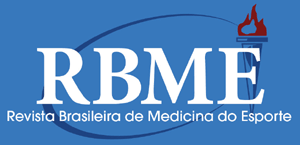The muscle tissue is endowed with plasticity that adapts to different stimuli. Immobilization causes damage to the musculature including atrophy, loss of muscle strength and extensibility. The stretching and ultrasound treatment modalities are used to speed up muscle repair process as they can increase protein synthesis and improve extensibility. OBJECTIVE: To compare the use of therapeutic thermal and non thermal ultrasound, associated with stretching, in the remobilization of the soleus muscle of rats subjected to position of muscle shortening on aspects histomorphometric longitudinal muscle.} METHODS: 28 rats were immobilized for 15 days, later released from the apparatus and divided into four groups: group AG only remobilized by stretching for 10 days and the others were subjected to 10 days of therapeutic intervention 1MHz of ultrasound at 1.0W/cm² (GAUS 1.0), 0.5W/cm² (GAUS 0.5), and 0.2 W/cm² (GAUS 0.2), and further stretching to the soleus. At the end of treatment, the animals were sacrificed and their soleus muscles were removed for later histological analysis of longitudinal parameters (count of sarcomeres). RESULTS: At intragroup analysis on the muscle length, only the group GAUS 0.5 did not present significant difference. The count of sarcomeres in the groups GA and GAUS 0.2 was statistically different. The size of the sarcomeres in both groups had no statistically significant difference. In inter-group analysis both groups had no statistically significant difference for any of the variables. CONCLUSION: The stretching was insufficient to reverse the effects of immobilization. When associated with therapeutic ultrasound, the dose 0.5 W/cm² recovered muscle length significantly, and the doses 1.0 and 0.5 W/cm² contributed to the significant increase of the number of sarcomeres in immobilized muscles.
immobilization; passive stretching; skeletal muscle; sarcomeres

